The quote below is from website Elizabethan Costume.net. Click on the link to read the entire article.
When people think of 16th century dress, the first thing that comes to mind is the corset. The corset represents a fundamental shift in the concept of clothing and tailoring; instead of shaping clothes to the body, as had been done throughout the Middle Ages and Renaissance, the body began to conform to the fashionable shape of the clothing worn.
There are several myths about wearing corsets, many of which spring from Victorian corsetry rather than Elizabethan. In the 16th century, the corset was not meant to draw in the waist and create an hourglass figure; rather, it was designed to mold the torso into a cylindrical shape, and to flatten and raise the bustline. There is one 16th century reference to a small waist being fashionable, but on the whole it was a fashionably flat-torsoed shape, rather than a tiny waist, that the corset was designed to achieve.
So onward to the 19th Century and the fashion silhouette changes dramatically!
But, then I think ... HOW did we go from conical shaped, heavily boned corsets that stopped at the waist, to this one that goes well below the waist with relatively few bones? This is when you have to start connecting fashion with historical events.
This was the time of the French Revolution with so much conflict between the social classes and fashion became simpler. There is a good explanation of this on the Costume Textile and Fashion Blog.
The waistline is quickly dropping back down. The hour glass silhouette is coming into fashion. So, here is the march of curvy corsets decade by decade for the rest of the century.
Hmmm ... I've only made it to 1900. That's enough for one day. I will take this up on another day, working my way into 20th Century girdles and bras. But, look at this illustration for a quick idea of what happened to corsets at the beginning of the century.
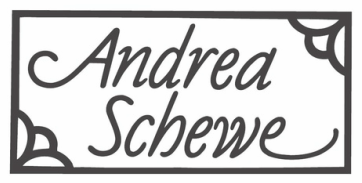

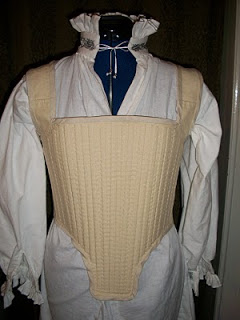



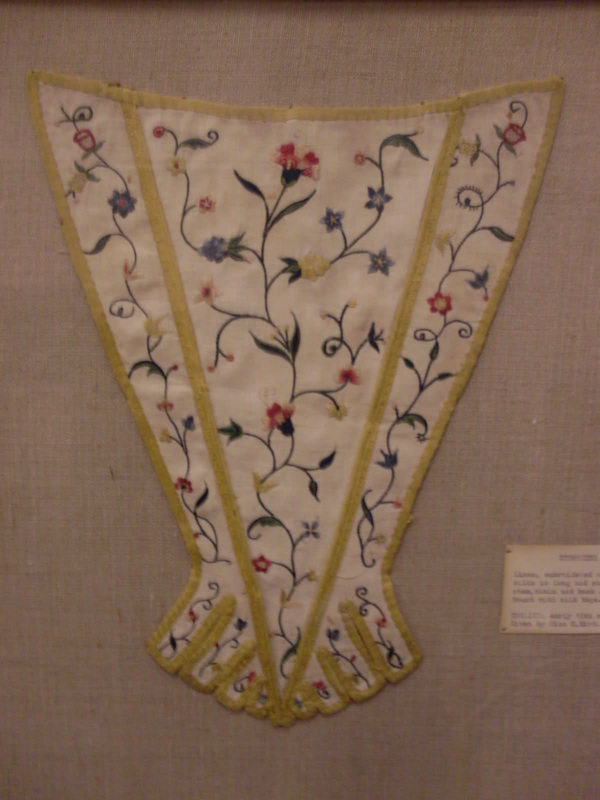







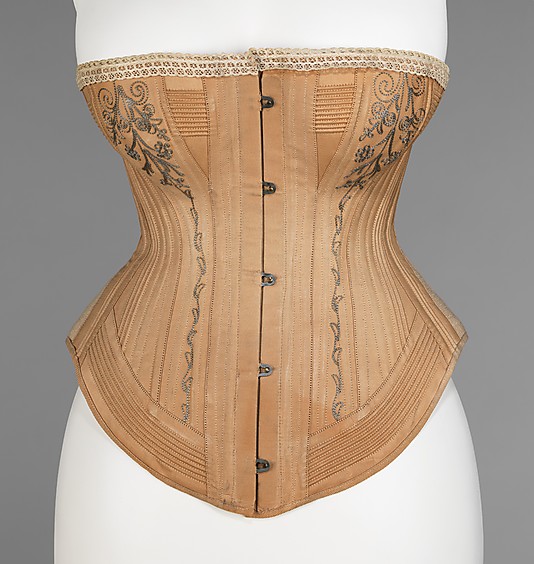


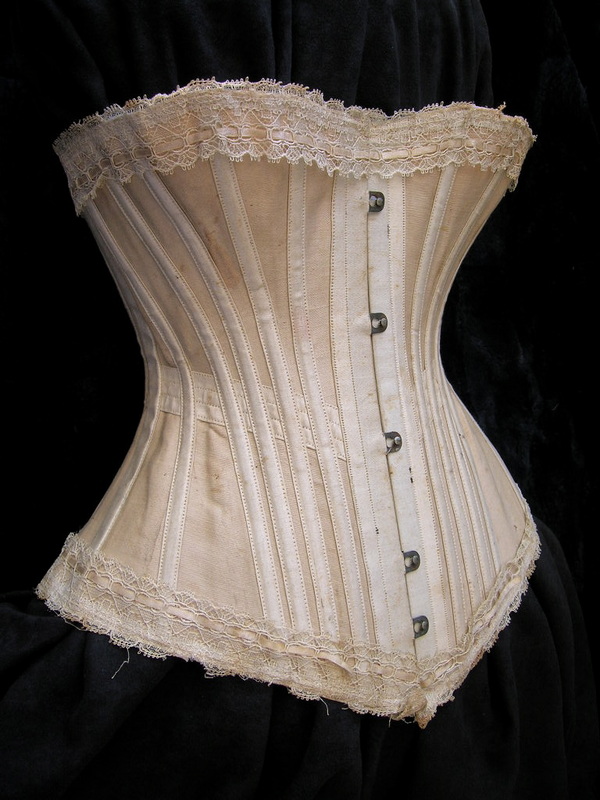



 RSS Feed
RSS Feed